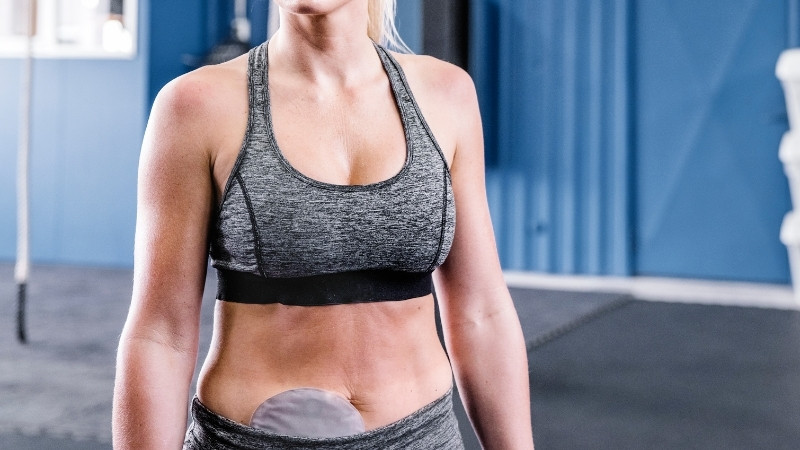What Is A Stoma? - Bladder & Bowel Community
What Is A Stoma? - Bladder & Bowel Community
 Stoma Types
Stoma Types
There are three main types of ostomy – colostomy, urostomy and ileostomy.
Colostomy
A colostomy is when a part of your large bowel or colon is pulled through from an incision made on your abdomen to form a stoma. There are two types of colostomy that can be formed.
End Colostomy
Where one end of the colon is pulled through and sewn to your abdomen. This can be permanent or temporary. The other part of the diseased bowel is usually either removed or allowed to heal before being joined back up together
Loop Colostomy
This is when a looped portion of your colon is pulled through to your abdomen. An incision is made in the loop and then sewn to your stomach with a rod to keep it above surface level. A loop colostomy is usually a temporary measure performed in emergency operation and will be reversed a few weeks/months down the line.
Learn more on the NHS website
Ileostomy
An ileostomy is when part of your small bowel (the ileum) is pulled through an incision made on your abdomen to form a stoma. There are two types of ileostomy that can be formed.
End Ileostomy
Where one end of the ileum is pulled through and sewn to your abdomen. This can be permanent or temporary. The other part of the diseased bowel is usually either removed or allowed to heal before being joined back up together
Loop Ileostomy
This is when a looped portion of your ileum is pulled through to your abdomen. An incision is made in the loop and then sewn to your stomach with a rod to keep it above surface level. A loop ileostomy is usually a temporary measure performed in emergency operation and will be reversed a few weeks/months down the line.
Learn more from the NHS
Urostomy
A urostomy is formed when your bladder is removed due to disease such as bladder cancer.
A small piece of your bowel will be pulled through an incision made through your abdomen and sewn to your stomach to form a stoma. The ureters will then be detached from the bladder and attached to the piece of bowel to form the urostomy.
At the Bladder & Bowel Community, we offer a range of help and support to those who have a stoma including help and advice from qualified nurses and a Home Delivery Service to ensure you have everything you need.
For more information about what a stoma is and how we can help explore our stoma care section where you will find information about what to expect before and after surgery, products available, problems you may encounter with a stoma, and where you can go to talk to people in a similar situation.
THE INFORMATION ON THIS PAGE IS A GUIDE ONLY. IT IS IMPORTANT THAT YOU SPEAK TO YOUR GP OR A QUALIFIED HEALTH PROFESSIONAL ABOUT YOUR CONDITION.